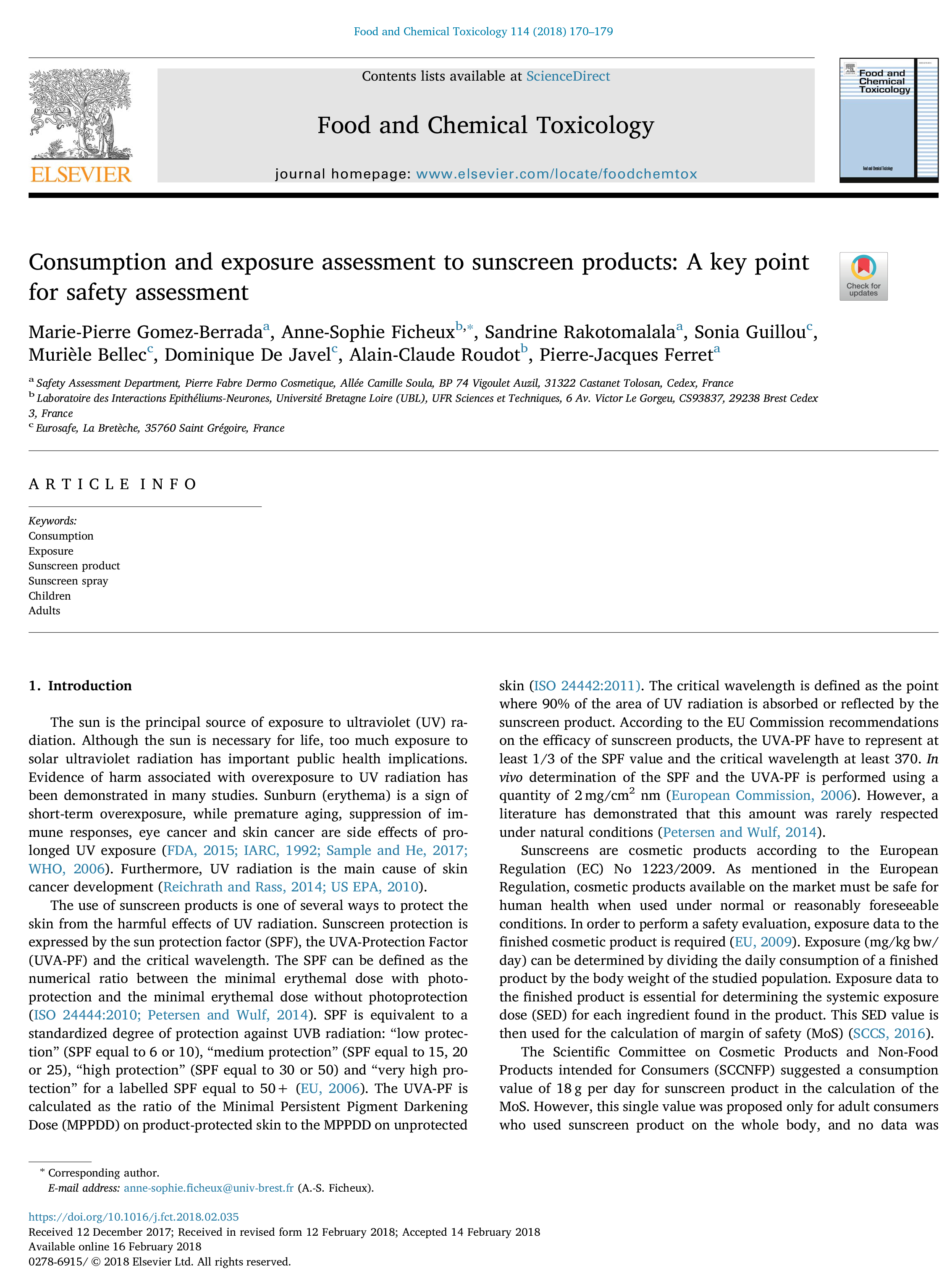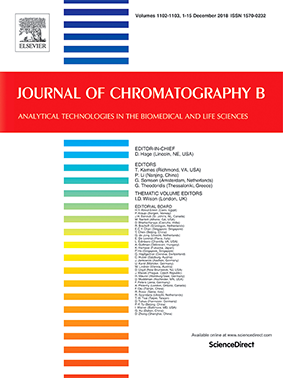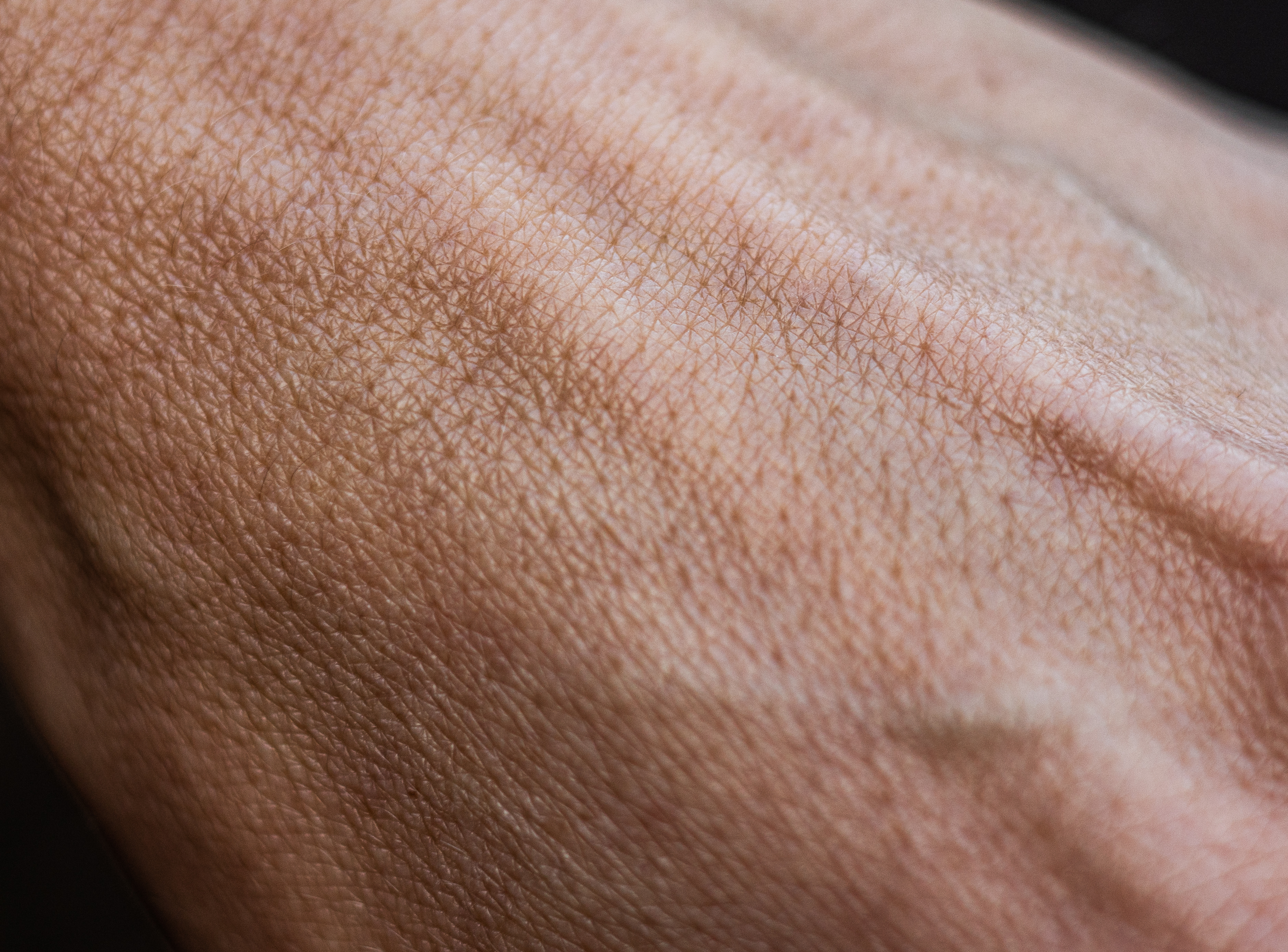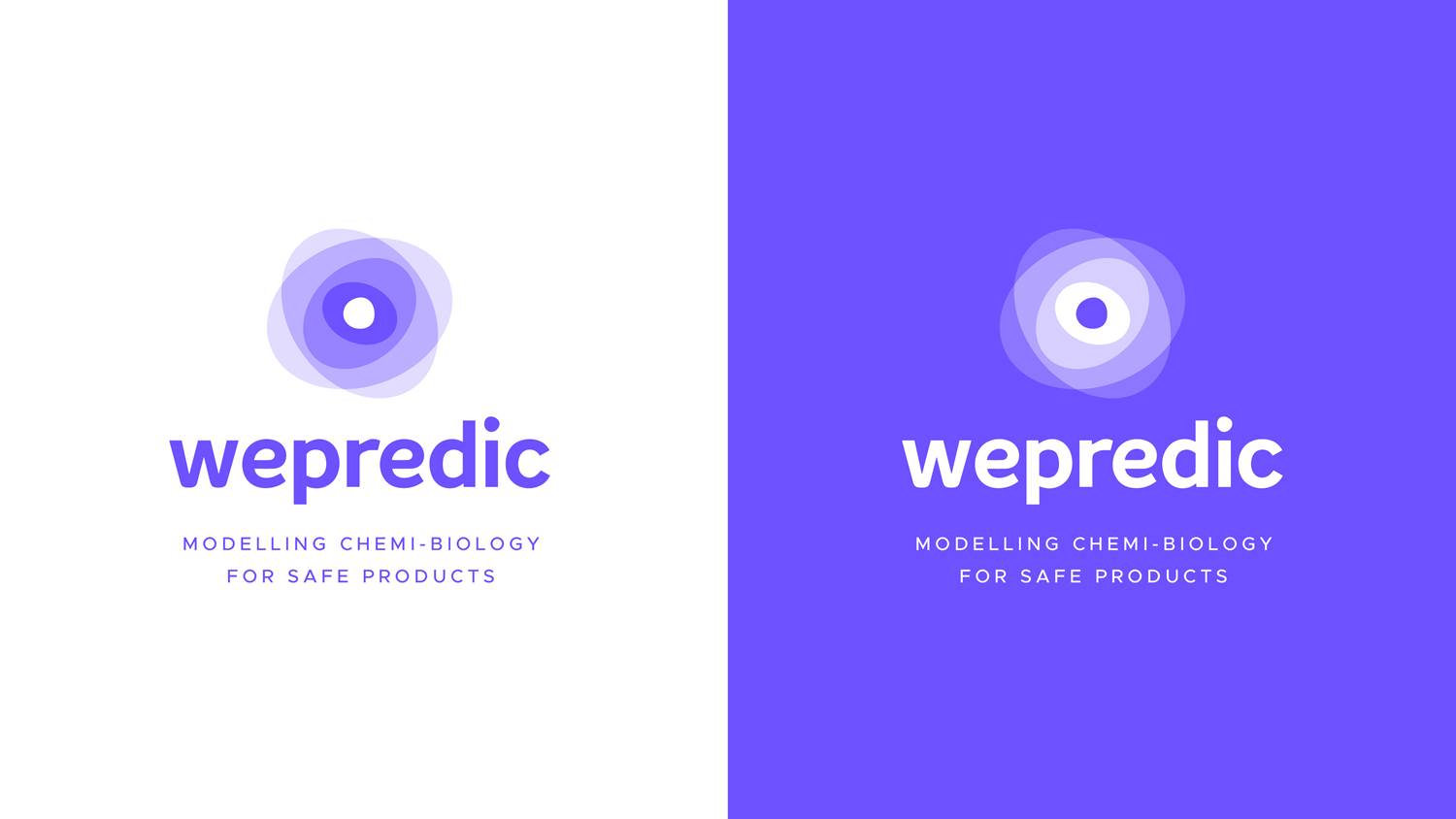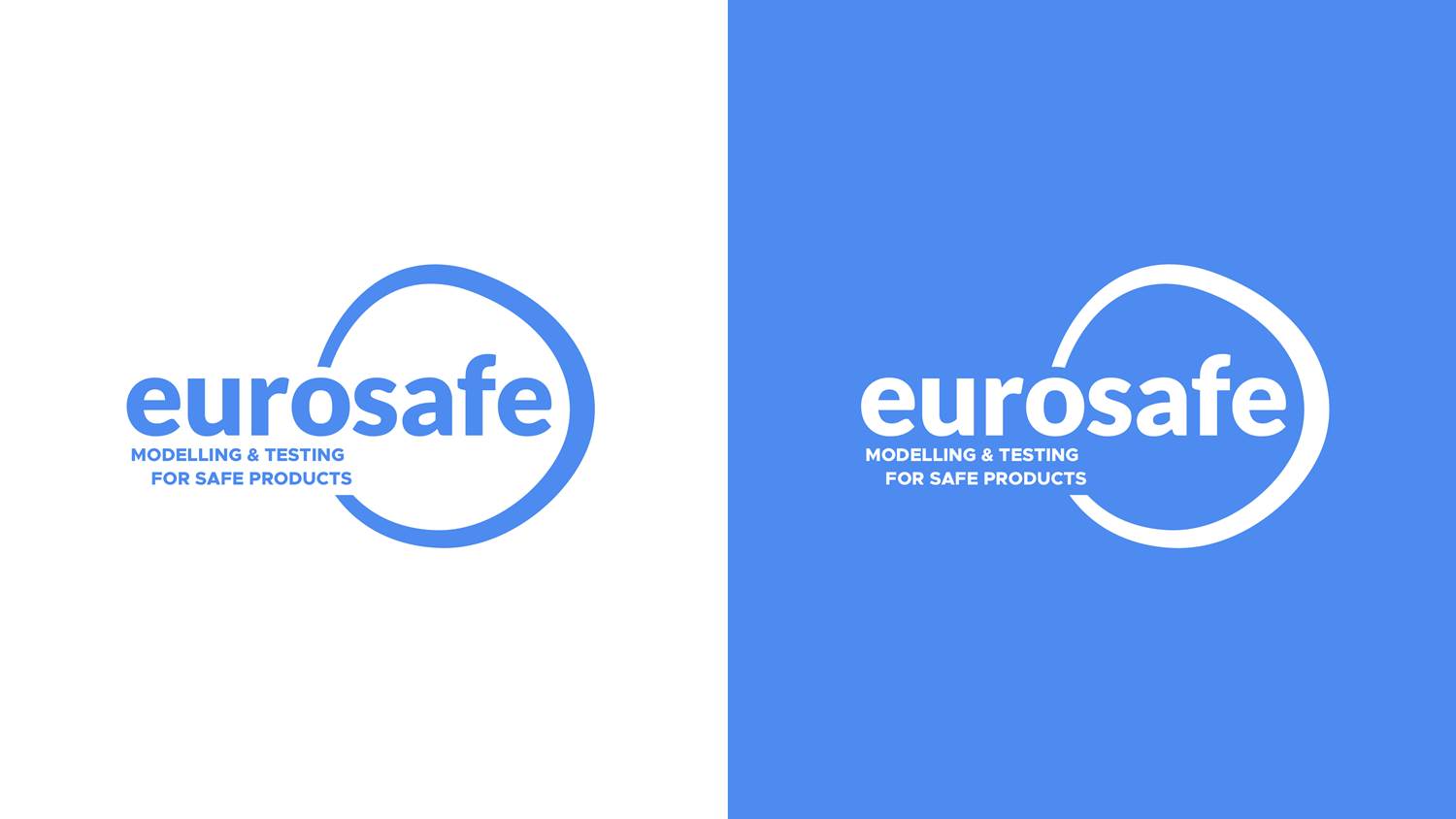
Consumption and exposure assessment to toothpaste in French families.
The aim of the study was to assess the consumption and the exposure to toothpaste in French families leaving the consumers free to use their own product at home according to their habits. Consumption data were collected on 104 families. 206 adults (103 women and 103 men) and 195 children aged 2-17 participated in the study. Differences in toothpaste consumption depending on gender and on age were highlighted. As an example, frequency data were higher in adult women (2.0 day-1 on average) than in adult men (1.8 day-1 on average); amount per use data were higher in adult men (1.2 g on average) than in adult women (0.9 g on average). The frequency of use and the amount of toothpaste used per application increased with age. The exposure to toothpaste decreased with age. Children aged 2-6 were the most exposed to toothpaste with a P95 value equal to 8.2 mg/kg bw/day. Adult's P95 exposure value was equal to 2.8 mg/kg bw/day. Exposure values were in the same order of magnitude for both genders in children and in adults. These new data will be useful for safety assessors, especially children data which remain scarce. Retrieve the abstract.
Read More